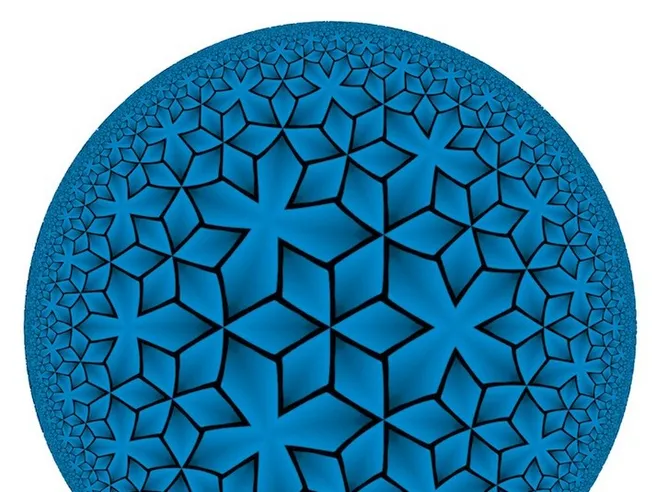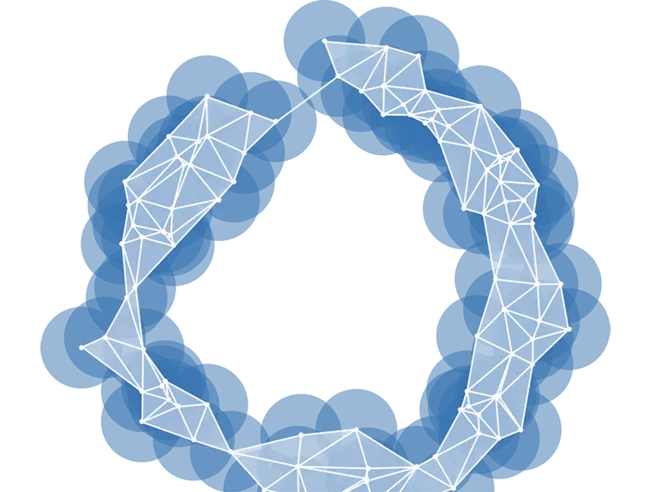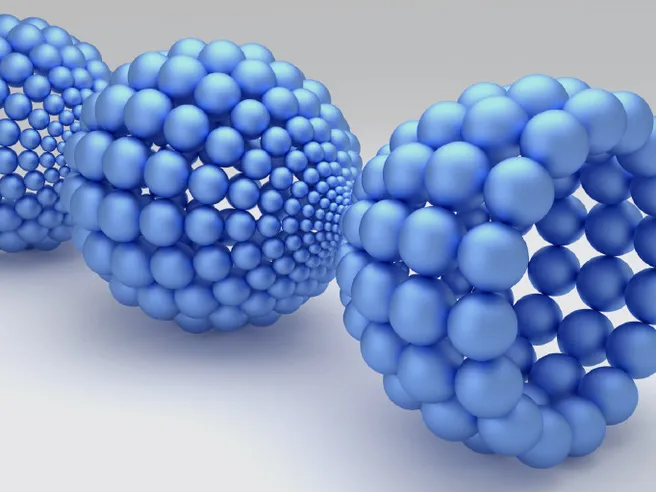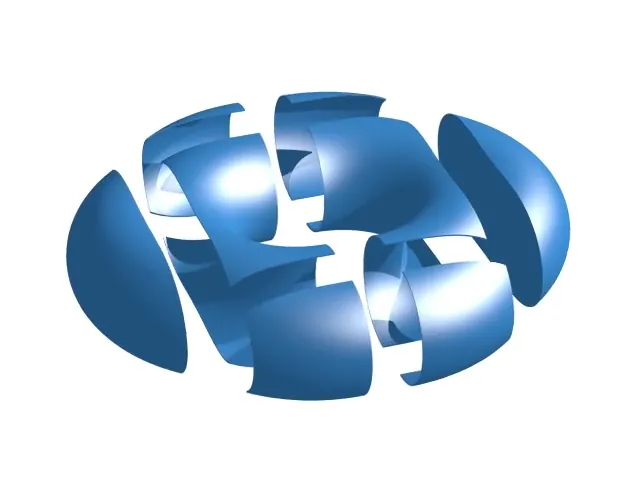Geometry and Topology
Geometry as a classical mathematical discipline plays an important role in our current time. Ubiquitous computer visualizations, analysis and representations of big data and geometric shapes in modern architecture are only some examples highlighting the increasingly important role of geometric research questions. Geometry as a mathematical discipline is challenged by that fact that it is on the one hand an area of strict mathematical logic but on the other hand emphasises visual and diagrammatic thinking.
Geometry at our department covers a broad range of topics with relevance in pure and applied mathematics. A special emphasis lies in the algorithmic treatment of geometric structures. Areas reach from fundamental data structures, via visualization, and data analysis to the simulation of dynamical systems. In particular, we consider ourselves as closely connected to adjacent areas like algebra, combinatorics, optimisation, dynamical systems and many more.
A further interest of our group lies in communication of mathematics to a general public. In that context many activities like the mathematics exhibition ix-quadrat, the development of visualization software and the collaboration with other exhibitions are located in our group as well.
Geometry and Visualization
The group of Prof. Jürgen Richter-Gebert is concerned with computer-oriented visualization of mathematical structures: from mathematical foundations via implementation of authoring systems to the visualization of concrete content.
Applied and Computational Topology
The research group around Prof. Ulrich Bauer deals with the computational analysis of topological structures arising in real world data.
Discrete Differential Geometry
The research group around Prof. Tim Hoffmann deals the structure preserving discretisation of continuous phenomena in differential geometry.
Topology
The research group of Prof. Claudia Scheimbauer studies topics at the intersection of higher category theory and functorial field theories. In particular, they use and develop techniques from derived algebraic geometry, higher algebra, and algebraic structures describing quantum field theories.



